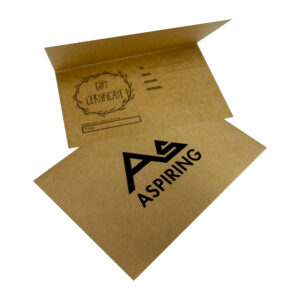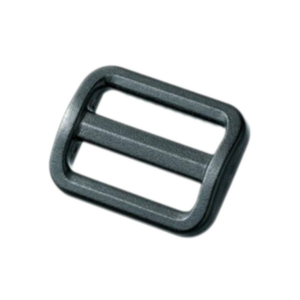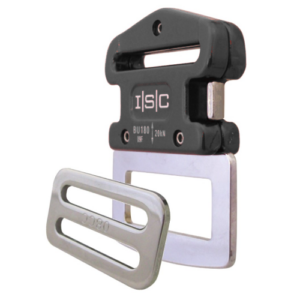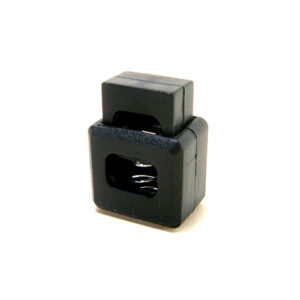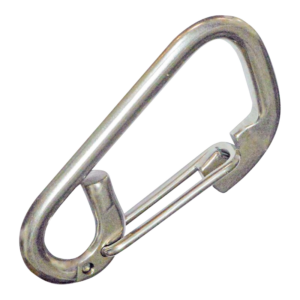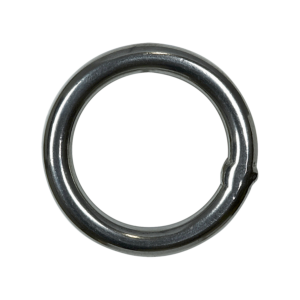Note: All underlined references are hyperlinks to the Glossary at the end of this page.
dynamic ropes made to the CE standard EN 892. There is also another standard; the UIAA standard. (UIAA is the International Federation of Mountaineering Associations) is sometimes shown. The CE standard was based on the previous UIAA standard, which was developed during the 1960s. Since then the UIAA standard has added some minor requirements of its own which are superimposed on the European standard.
The success of the EN standard (and previously UIAA standard) is demonstrated by the fact that no certified climbing rope has ever been known to break, other than by being loaded over a sharp edge of rock. The EN is developing requirements for cutting resistance of ropes, so that they would incorporate more resistance to this type of failure.
The most important requirement of the standard is the impact force requirement, under which the impact loads under standardised drop tests with a fall factor of about 1.8 must not exceed 12 kN for single ropes and twin ropes using an 80 kg load, and 800 kN for half ropes using a 55 kg load. The number of standard falls that a rope sustains without breaking must be at least five for single and half ropes, and 12 for twin ropes. There are also requirements for sheath slippage, sheath content, knot flexibility, and elongation under an 80 kg load.
Ropes used for caving, rescue, and height safety are static ropes which are designed to have very low stretch under body weight. There are three standards which are relevant in the New Zealand situation:
- The European static rope standard, EN 1891
- The Australian standard for rescue ropes, AS 4142.3
- The American Cordage Institute standard CE 1801
These have varying requirements and are not entirely compatible with each other. Generally ropes for professional use, including rescue and height safety, should be 11mm in diameter with a strength rating of 30 kN, and comply with one of these three standards. Thinner ropes, of 9 -10 mm diameter, are normally used for caving.
There is also a rope standard developed by the National Fire Protection Association (NFPA) in the United States, which is mainly relevant to fire-fighting organisations. NFPA classifies 11 mm ropes as “light use”, which is generally a single-person load, and “general use”, which is a two-person load.












